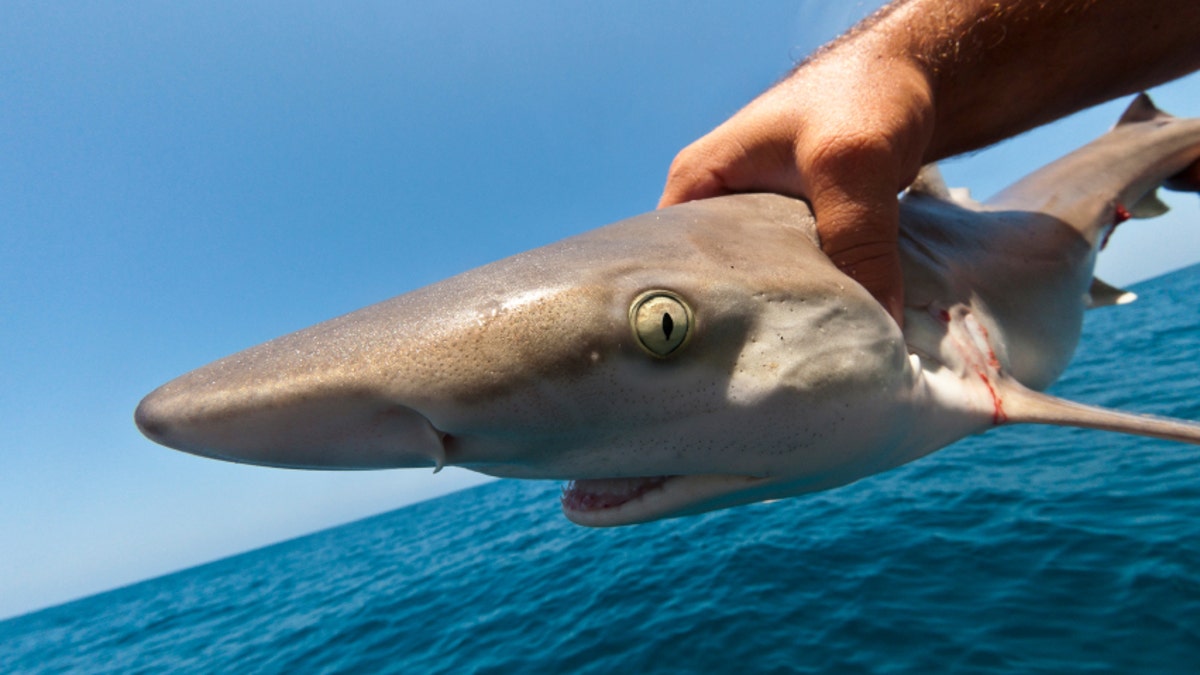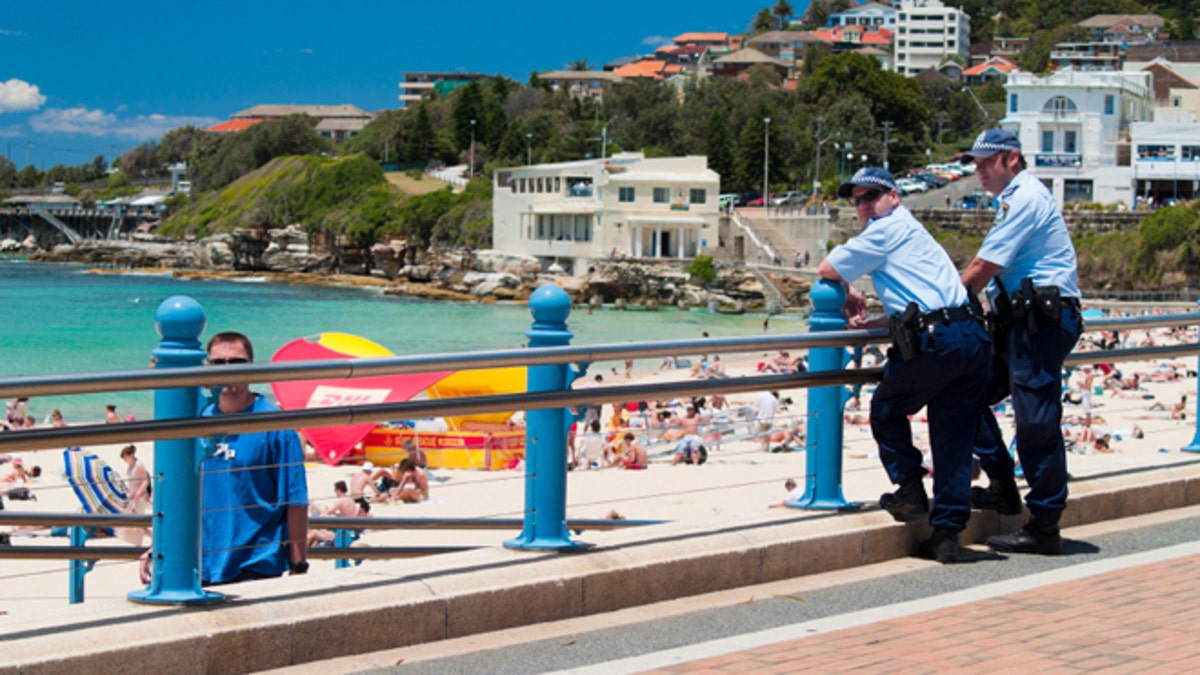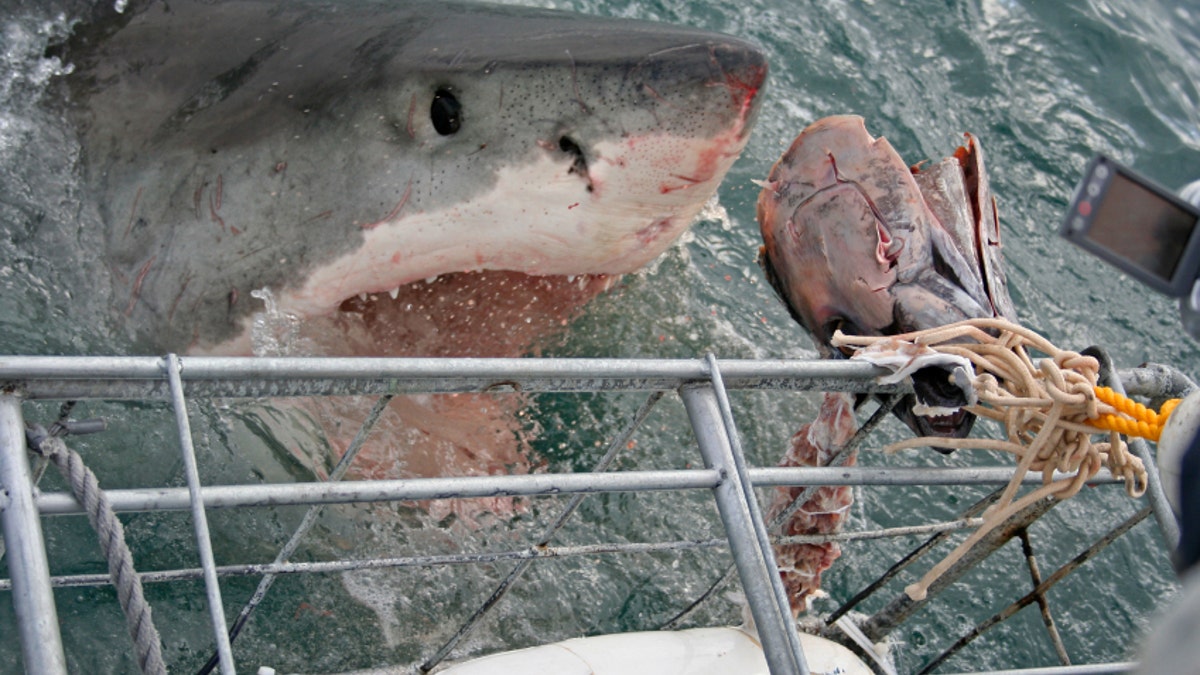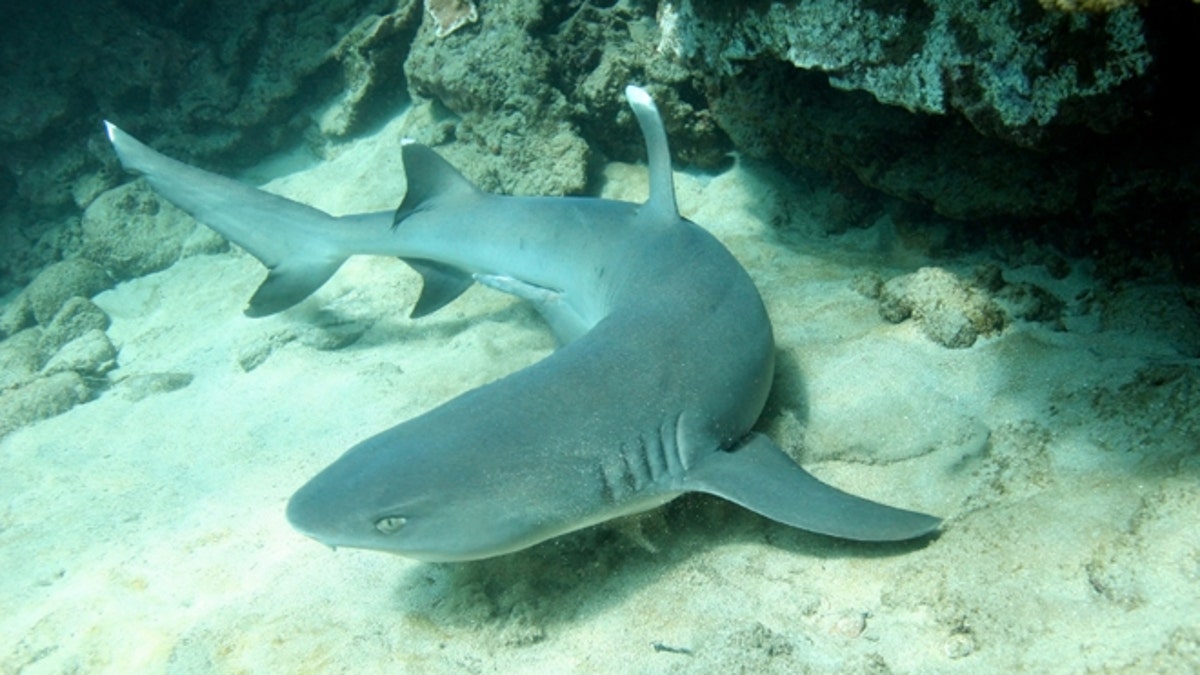A 10-year-old boy was bitten by a shark on Sunday morning as he waded in the water off an East Florida beach.
The boy, who had been spending time with his mom on Cocoa Beach in Brevard County, was bitten in the lower leg and airlifted to a trauma center in Orlando for treatment. According to officials, it is the 10th shark bite that county authorities have responded to this year.
Between 2005 and 2014 there were 701 reported shark attacks globally, 68 of which were fatal. The occurrence of shark attacks, both fatal and otherwise, appears to have increased in recent years, and Florida has the highest rate of attacks anywhere on earth.
Statistically you are still highly unlikely to ever be attacked by a shark — you have about a one-in-11.5 million chance. But there are some places where your chances are slightly higher. And here they are:
1. Florida

(iStock)
According to the International Shark Attack File (ISAF), the shark attack capital of the world is New Smyrna Beach in Florida. The Florida Museum of Natural History, which manages the ISAF, believes that any swimmer in the area is likely to have been within 10 feet of a shark at some point. Eeeek!
A shocking 238 attacks have been recorded in the waters off this beach, but luckily none of them have been fatal. In fact most of the attacks are believed to have been carried out by baby bull sharks, which cause relatively minor injuries. As minor as being bitten by a shark can be…
2. New South Wales, Australia

Two police officers watch over the beach at Coogee, Sydney. A heightened police presence was seen on NSW beaches following an event known as the 2005 Cronulla riots which were racialy linked. (iStock)
Around a quarter of all shark attacks in Australia are fatal, and the majority (over a third!) of those attacks have occurred along the coast of New South Wales — 215 in all. In fact, the state was the location for Australia’s most recent fatal attack, which took place just last year. Part of the problem is the proximity of the continental ocean shelf to the shore, as deep water allows the sharks to get closer to the beach — and therefore the population.
3. Port St. Johns, South Africa

(iStock)
Tourists flock to Port St. Johns on the eastern seaboard of South Africa to experience the opportunity of cage diving with great white sharks. However since the introduction of cage diving to the area in 1992, there has been a huge increase in fatal shark attacks along that coast — 23 since 1990, which is more attacks than in the entire century before that.
The organization Surfers For Responsible Shark Cage Diving claims that the baiting of sharks for cage diving, using blood in the water, has made the sharks associate humans as a food source and that this has led to the dramatic increase in attacks.
4. Reunion Island

(iStock)
This small island about 200 kilometers east of Madagascar, in the Indian Ocean, has experienced 10 shark attacks in the past two years, three of which have been fatal. The problem got so bad that authorities even temporarily banned swimming, bodyboarding, and surfing in the waters around the island and implemented a culling process to attempt to reduce the number of sharks close to the shores.
5. Maui, Hawaii

(iStock)
With just 55 attacks on record (a relatively low amount in comparison to other places), it is not the frequency but the nature of the attacks in the waters around Maui that is the problem. The Maui coastline is inhabited by tiger sharks that flock to the area to feed on turtles swimming in shallow waters — where the swimmers and surfers are. There were seven attacks last year, all of which, luckily, were nonfatal.
6. Pernambuco, Brazil

(iStock)
For years surfing was banned along this state’s 37-mile stretch of coastline, which has experienced 18 fatal attacks on surfers since 1992. But since the ban was lifted in 2006, several more attacks have taken place.
It is believed that the increase in attacks has been largely due to the local overdevelopment of a large harbor nearby, which, along with overfishing, depleted the sharks’ natural food sources and forced them to hunt closer to shore. The most recent fatal attack was in 2013, when 18-year-old Bruna Gobbi was bitten on the leg by a bull shark and later died of her injuries.
7. Vandenberg, Calif.

(iStock)
Fully grown great white sharks feed on marine mammals, making the seal communities at Surf Beach on Vandenberg Air Force Base their perfect hunting grounds. At the right time of year, the seal populations reach into the hundreds of thousands. Since the area is also popular with surfers, it has become one of the top areas shark attacks on the planet. Between 2005 and 2014 there were 31 attacks, three of which were fatal.
8. South Carolina

(iStock)
The warm Atlantic waters off the coast of South Carolina have the second-highest rate of shark attacks in the U.S., after Hawaii. There have been 55 since 2005, only one of which was fatal. Just last year, a 10-year-old boy was bitten in the lower leg by a bull shark as he swam in the water off Folly Beach. And months later the University of West Florida ranked the South Carolina coast as the most dangerous in the U.S. when you compare swimmer-to-attack ratio.
More from Yahoo! Travel
